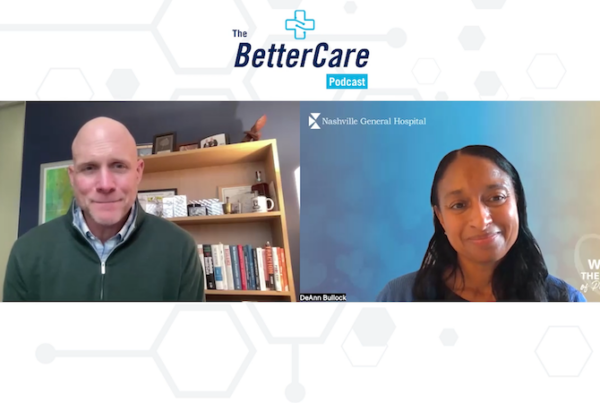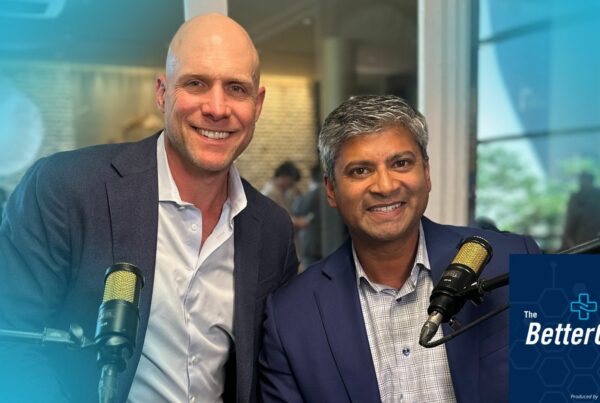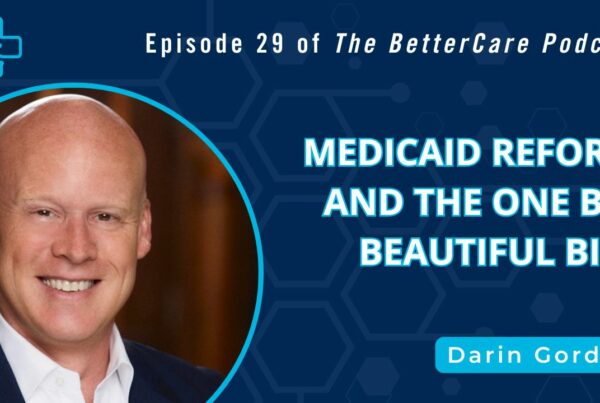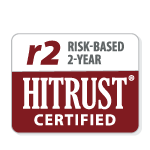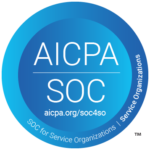Healthcare’s ability to continuously learn and refine practice is the backbone of safer care, stronger margins, and long-term organizational relevance. When clinical teams embed learning into daily routines, reducing clinical variation becomes achievable and practice improvement in hospitals shifts from an initiative to a habit.
Physician leaders who champion this shift rely on three interconnected levers:
-
- Data-driven physician feedback that pinpoints actionable process metrics
- Peer comparison in healthcare that sparks curiosity, healthy competition and collaboration
- Intrinsic motivators—autonomy, mastery and purpose—that transform feedback from a report card into a catalyst for growth
Together, these levers create a feedback ecosystem where hospitalists can see trustworthy physician performance data in real time, compare it with local benchmarks and adjust care accordingly.
-
- A hospital’s learning culture thrives on clarity—especially clarity about what can be changed today, not just what happened yesterday. Shifting the conversation from retrospective outcomes to actionable process metrics equips physicians with immediate levers for improvement. When clinicians see how their order sets, imaging choices and length of stay decisions compare with best-practice thresholds, unwarranted variation narrows and patient outcomes rise.
- Peer comparison deepens that clarity. By privately showing physicians how their practice patterns align with trusted local benchmarks, you activate an intrinsic drive for mastery instead of relying on external carrots or sticks.
- Intrinsic motivation completes the picture. Autonomy, competence and purpose are the psychological fuel that keeps quality initiatives from stalling once the quarterly report is filed. Feedback that respects physician autonomy, celebrates competence and ties improvements to patient purpose sustains engagement long after initial enthusiasm fades.
This blog outlines practical ways to harness those levers, align clinical and financial goals and, most importantly, build momentum for lasting change. As you read, you’ll find high-impact strategies you can start using today—and you’ll see why our new resource, Physician leaders’ 10-step playbook for creating a culture of continuous learning and practice improvement, is an essential next step for any Chief Physician Executive mapping out the year ahead.
Download the playbook to dive deeper into each tactic and access ready-to-use checklists that accelerate results.
Understanding the Power of Data-Driven Physician Feedback
Individualized, data-driven physician feedback is the engine that converts good intentions into measurable results. When physicians receive timely insights linked to their own patient panels—as opposed to generic scorecards—they immediately see where small adjustments can meaningfully reduce clinical variation and improve hospital care quality.
For example, real-time analytics can reveal when certain tests or procedures exceed local benchmarks. Within weeks of surfacing such insights, ordering rates can fall to match best-practice targets, reducing unnecessary interventions and costs. Real-time dashboards can also flag length of stay variance, prompting collaboration to streamline processes and free up capacity for higher-acuity admissions. Targeted clinical decision support, such as focusing on same-day discharge rates for low-risk patients, can increase evidence-aligned discharges and reduce readmissions.
High-quality data systems coupled with a leadership growth mindset drive the highest levels of engagement and practice improvement.
Delivering Effective Data-Driven Feedback
Delivering feedback isn’t just about presenting numbers; it’s about presenting the right numbers, at the right moment, in the right format. High-fidelity analytics draw on multiple data streams—EHR orders, cost accounting systems, LOS trackers, and specialty registries—to create a 360-degree view of a physician’s practice patterns. When these insights surface quickly and clearly, clinicians gain immediate clarity on how today’s decisions influence tomorrow’s outcomes.
Key ingredients of an effective feedback program:
-
- Accuracy and attribution – Every metric must be risk-adjusted and correctly attributed to the responsible clinician, or trust erodes and engagement drops
- Actionable granularity – Process metrics such as imaging yield, duplicate lab rates, or discharge before noon percentages give physicians a lever they can pull today
- Visual simplicity – Intuitive cues, such as traffic-light indicators, enable rapid interpretation without disrupting charting
- Continuous refresh – Nightly or real-time data feeds keep insights relevant and prevent “stale-data fatigue”
- Private delivery – Text-based or in-workflow notifications respect autonomy and foster reflection without public shaming
When these elements align, practice improvement in hospitals accelerates.
Data-driven physician feedback reaches its full potential when paired with the social lens of peer comparison. Physicians naturally wonder, “How do my results compare with my peers?” Addressing that question—ethically and productively—unlocks an additional layer of motivation. The next section explores how to harness that powerful dynamic responsibly.
Leveraging Peer Comparison to Inspire Practice Improvement in Hospitals
Peer comparison in healthcare taps into a fundamental truth: physicians are intrinsically competitive and driven to deliver the best possible care. When clinicians privately see how their imaging rates, antibiotic choices, or LOS metrics stack up against trusted colleagues, the data becomes personal and motivating. JAMA research shows that non-financial peer comparison can reduce inappropriate prescribing by 7%, underscoring its effectiveness as a lever for change.
Well-designed peer comparison programs share three hallmarks:
-
- Context-specific benchmarks – Comparisons use locally sourced data from similar patient populations (same DRG, acuity, and service line) to ensure fairness and relevance
- Private, non-punitive delivery – Insights arrive via secure or private channels, visible only to the physician, preserving autonomy and fostering reflection
- Clear improvement pathways – Each comparison links to evidence-based research or guidance so physicians immediately know how to close the gap
Ethical implementation matters. Public scoreboards can erode trust and trigger gaming behaviors; punitive measures risk crowding out intrinsic motivation. Feedback should become a conversation starter, not a compliance hammer.
Hospitals that pair peer comparison with collaborative forums unlock system-wide benefits. Department-level peer data shared during reviews can reduce unwarranted tests and procedures. Incorporating peer benchmarks into stewardship huddles can cut unnecessary therapy days and save significant costs. Peer dashboards can help standardize protocols and free up capacity without additional staff.
Peer comparison succeeds because it engages physicians’ desire for mastery and professional excellence. To amplify that effect—and sustain momentum—you must also harness deeper intrinsic motivators such as autonomy, purpose, and recognition. The next section explores how aligning feedback systems with those motivators turns short-term wins into lasting cultural change.
How Peer Comparison Drives Change
While broad hospital dashboards highlight organizational trends, physicians care most about how their individual, day-to-day decisions compare with trusted colleagues. Delivering that lens—without blame—creates a powerful, non-financial incentive for self-directed improvement.
Weekly insights focusing on one process metric at a time, and showing each physician’s rate alongside an anonymized department median, can quickly shift behaviors. In as little as two months, duplicate labs can drop, early ambulation orders can rise, and voluntary case-based discussions can increase, shifting the culture from “Why are we measured?” to “How do we improve?”
Best Practices for Peer Comparison
Peer comparison must protect psychological safety. Follow these guidelines to preserve trust:
-
- Keep data private—no public displays
- Risk-adjust carefully and attribute accurately to avoid unfair comparisons
- Pair every variance with a link to evidence-based guidance or a local champion for context
- Integrate insights into existing meetings so feedback feels collegial, not administrative
Transitioning to Intrinsic Motivators
Once physicians see credible peer data, many ask, “How can I master this?” That question opens the door to deeper, intrinsic motivators—autonomy to test new approaches, mastery through coaching, and purpose anchored in patient impact. Aligning feedback systems with these drivers is the next critical step toward sustainable practice improvement.
Harnessing Intrinsic Motivators for Sustainable Practice Improvement
Data and peer benchmarks ignite change, but intrinsic motivation keeps the fire burning. Decades of research confirm that physicians stay engaged when their work supports three psychological needs: autonomy (control over how they deliver care), mastery (continuous skill growth) and purpose (meaningful connection to patient outcomes). When feedback systems honor those needs, practice improvement becomes self-propelling rather than leadership-dependent.
Autonomy
-
- Offer choice in how and when insights are received
- Provide multiple sources of research to allow clinicians their own path to learning
Mastery
-
- Pair each metric with micro-learning—brief explainers or guideline links turn feedback into educational touchpoints
- Celebrate improvement publicly, never shortcomings, to reinforce progress and encourage replication
Purpose
-
- Translate practice metrics into patient impact—simple statements tie data to bedside reality
- Visualize financial alignment to demonstrate that quality and stewardship coexist
Strategies to align systems with intrinsic motivators:
-
- Co-design metrics with frontline clinicians to ensure relevance and ownership
- Keep insights concise—one practice pattern per message—to avoid cognitive overload
- Offer voluntary deep-dives at faculty meetings for those who want to master the topic
- Recognize improvements in credentialing or annual reviews
- Rotate physician champions who share personal stories of change
When autonomy, mastery, and purpose fuel engagement, reducing clinical variation evolves from a project to a professional norm. Next, we’ll explore how to embed these principles in a structured environment that supports ongoing dialogue, standardization and follow-up.
Building a Structured Environment for Reducing Clinical Variation
Even the most insightful feedback loses potency without a framework that turns individual actions into collective, repeatable success. A structured environment blends forums for dialogue, standardized pathways, and disciplined follow-up—ensuring that every improvement sticks.
Create Collaboration Forums
Initiate regular “Data & Dialogue” rounds where multidisciplinary teams review one high-impact metric—such as unnecessary telemetry days or post-op antibiotic duration. Facilitate sessions by presenting anonymized peer data, inviting frontline physicians to share barriers and wins, and agreeing on a small-scale test of change to launch before the next meeting. Centering the agenda on locally generated insights keeps participation high and discussions solution-focused.
Standardize What Works
When a pilot demonstrates value, codify it. Convert successful checklists or order sets into system-wide protocols and embed them in the EHR. For example, a sepsis bundle that reduces time-to-antibiotics can be rapidly scaled across hospitals via a standardized order panel, improving outcomes organization-wide.
Follow-Up for Durability
Improvement fades without reinforcement. Establish a 30-60-90-day review cadence:
-
- Day 30 – Share early data snapshots in service line huddles
- Day 60 – Reassess metrics, spotlight high performers and troubleshoot gaps
- Day 90 – Decide to adopt, adapt or abandon the change, documenting lessons learned for future initiatives
This loop transforms experiments into enduring practice and keeps momentum visible to leadership and bedside teams alike.
Take the Next Step Towards Meaningful Practice Improvement
Data-driven feedback, context-rich peer comparison, and intrinsic motivation form a proven triad for engaging physicians in quality improvement. When those elements are reinforced by collaborative forums, standardized pathways and disciplined follow-up, hospitals consistently reduce unwarranted variation, shorten length of stay, and strengthen financial performance—without sacrificing physician autonomy or patient experience.
You now have a blueprint to start:
-
- Deliver trustworthy physician performance data at the practice-pattern level
- Use private, non-punitive peer benchmarks to spark reflection and healthy competition
- Align every insight with autonomy, mastery and purpose to keep engagement high
- Anchor improvements in structured forums that convert quick wins into lasting standards
Ready to accelerate progress?
Download the Physician leaders’ 10-step playbook for creating a culture of continuous learning and practice improvement and gain access to detailed checklists, sample dashboards, and conversation guides that turn these concepts into daily practice.




